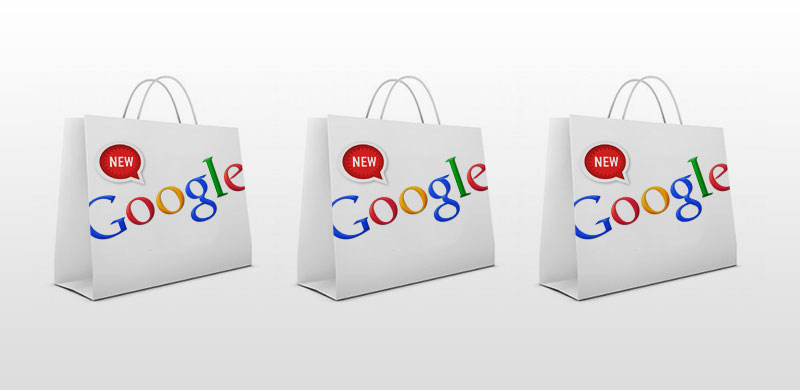
Google Shopping Campaigns Are Here To Stay!
A small group of online advertisers have been toying around with the beta version of Google Shopping Campaigns for the better part of a year, and most advertisers got their first opportunity at this new system earlier this spring. But come August, Google Shopping Campaigns will consume most of your Google ads, meaning you need to get ready.
So what does it take to make this switch seamless and fortuitous? Here’s everything you need to know about the new Google Shopping Campaigns.
Custom Labels vs. AdWords Labels
Customer labels will be your new data feed requirement, replacing AdWords labels. There are similarities between these two feed labels, such as both being used to mark product attributes so that you can create ad groups. However, Custom Labels limits advertisers to just five custom labels now (0-4), which, consequently, will also limit the number of ad groups you can create with AdWords.
As such, you’ll want to take time to carefully consider which Custom Labels will make the cut.
Creating Product Groups – Not Ad Groups
The way you’ll create products groups (the new name for Ad Groups) will also differ now. Current PLAs allowed you to create ad groups by choosing product attributes from your inventory feed. This gave you a lot of freedom on what types of product attributes (and combinations) you’d use for the basis of your group.
But Shopping Campaign product groups don’t build out from your inventory data. Rather, it segments your inventory in something of a trickle effect, aimed for more streamlined organization. Your initial product group is the Category, and any product group following this overarching category is a subset of the category, or the subset of the remaining All Products. Product groups within this category can have additional ad groups, but only segment products that are similar to that specific category.
This change will take some getting used to and might require the assistance of experts, because it will require serious forethought on your part. You’ll want to make sure you structure out your product group beforehand and analyze your analytics data to ensure you’re structuring for the best possible return on investment.
New Advertiser Tools
New tools are always fun, right? Well the new Shopping Campaigns comes with its own set of fun, new tools for you, including:
- Item level detail – Get more specific product data within AdWords for your reports and data
- Impression share & benchmark CPC – Easily see the data of your competitors to help you with your bidding
- Bid simulator – Learn the effects of your potential bids to better avoid bidding too high
- Multiple ad groups – You’ll be able to create an All Product Groups, then sub Product Groups based on your inventory data
These tools – if used properly – should help you make far more out of your current advertising efforts. The sooner you begin to implement them, the better prepared you’ll be for this upcoming holiday season.
Making the switch to Google Shopping Campaigns
There are certain tips and steps you should take to ensure that your conversion over to Google Shopping Campaigns is a successful one. For starters, don’t go live with Shopping Campaigns while you’re still running PLAs. Once you’re read to officially switch over, pause your PLAs. If you don’t, all you’re doing is running two ad campaigns that are overlapping one another, thus wasting your time and money.
We encourage you to jump in with the new campaigns, but to start slowly. Most of the changes implemented require you to do some heavy thinking long before you get things moving. The more organization and thought you put into your new campaigns now, the better off you’ll be in the long run. Your Custom Labels and Product Groups are extremely important, so spend lots of time choosing these. Start small so that you familiarize yourself with the changes, then eventually build out.
OperationROI can help. We’re assisting advertising with the switch, and helping them optimize their campaigns with the new Google Shopping Campaigns tools and features. Contact us at 1-888-277-5429, or fill out our contact form, to learn how we can help you with the switch.






